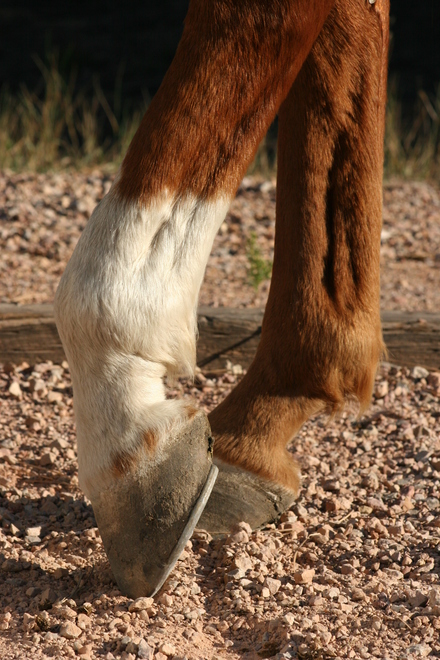

Procedure times were D0 (median = 120 seconds, range XXXX), DM (48, range xxx to yy), DX (36 range), or DD (49, range) (P =. Associations between procedure reaction scores and motion tracking variables (total distance and farthest excursion traveled by horse's head) were examined using scatter diagrams. Procedure time and procedure reaction scores were compared between groups using Friedman test. Horses received sedation protocols in random order.

Atlantoaxial CSF collections were performed weekly for 4 weeks. To compare AA CSF collection time and reaction scores in horses sedated with morphine-containing and opioid-free sedation protocols: detomidine + morphine (DM), detomidine + xylazine (DX), detomidine + detomidine (DD), detomidine alone (D0) To develop a novel method for assessing sedation in standing horses using open-source motion-tracking software. Xylazine alone or associated with butorphanol at the recommended doses may be used as chemical restraint to turn an anesthetic block of the hind limbs into a safer procedure without masking lameness intensity for at least 40 minutes postadministration.Ītlantoaxial (AA) cerebrospinal fluid (CSF) collection in standing horses utilizes the controlled narcotic morphine, thereby limiting feasibility in field practice settings. Spearman's correlation showed that there was no correlation between the factors HHAG and LI (rs = 0.148). There was no difference in pelvic asymmetry between xylazine, xylazine with butorphanol, and untreated control group at the different evaluation times. Objective lameness evaluations were performed before sedation (after lameness induction) and at 20, 30, and 40 minutes postsedation. Sedation was assessed using a descriptive physical and behavioral scale and by the head height above ground (HHAG) before the treatment (0 minutes) and 20, 30, and 40 minutes following treatment. Lameness induction was performed with the placement of a circumferential metal clamp causing pressure on the hoof wall. A third control group (CG) was left untreated. Intravenous injection of xylazine (0.3 mg/kg) alone (XG) or associated with butorphanol (0.01 mg/kg) (XBG) were given randomly to 16 adult horses. This study aimed to assess whether sedation with xylazine hydrochloride alone or associated with butorphanol tartrate ameliorate or even abolish induced hind limb lameness. Many clinicians believe that the use of chemical restraint to facilitate joint injections may interfere with the lameness intensity. However, some restless horses can make this procedure much more difficult. Local stability of horse gait remains unchanged after the administration of acepromazine.Īnesthetic blocks of hind limbs play a fundamental role in the diagnosis of conditions affecting these sites. The nonlinear dynamic methods can be used to analyze the gait in horses.

There was no statistically significant effect of acepromazine on the maximum value of Lyapunov exponents. The effect of acepromazine on the largest Lyapunov exponents of the lame horses were investigated. Nonlinear analysis methods were applied to lame horse locomotion. Kinematic data created by head movement were analyzed.

Ten lame horses were trotted in a straight line for a minimum of 25 strides. The aim of this study was to investigate the effect of acepromazine on the Lyapunov exponents of lame horses. Some equine clinicians believe that tranquilization with acepromazine will make lameness more evident by causing the horse to focus on adjusting its gait to avoid limb pain rather than its surroundings. Tranquilization of horses with acepromazine has been used to suppress erratic head movements and increase the accuracy of a lameness examination.


 0 kommentar(er)
0 kommentar(er)
